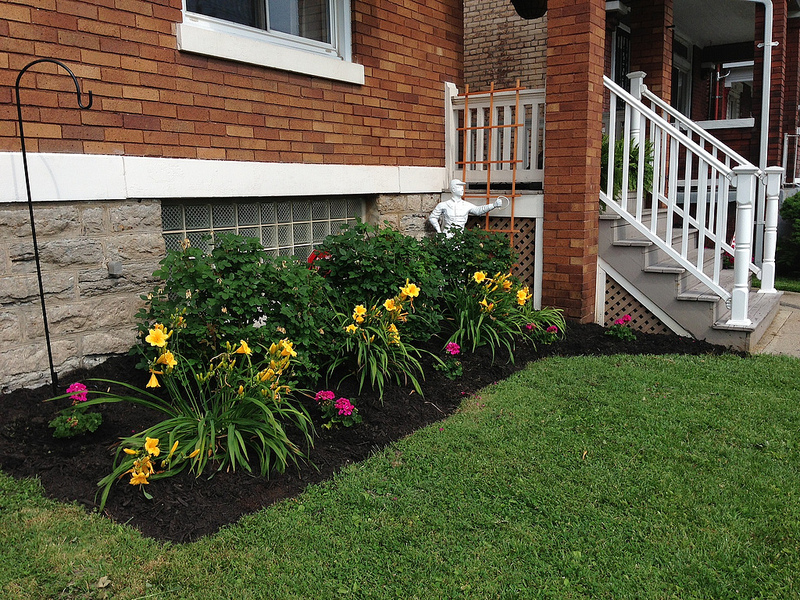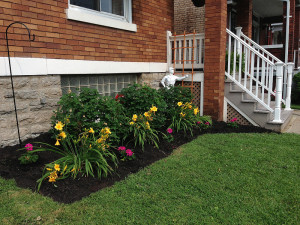I get more and more excited each week as spring draws closer. One of my favorite days of the year is when I am out and about in winter and suddenly see that the buds on the trees have begun to swell. It’s marvelous to discover that it’s almost time for everything to really start growing again.
One task that should be on your spring cleanup list if you have flower beds is adding mulch. This is especially useful if you have laid wood chips before. They tend to turn gray and otherwise become dull looking over the course of a year due to conditions like rain and snow. Putting a fresh layer down can really make your flower beds more eye-catching in a jiffy.
There are a few different types of mulch available to the home gardener. The ones that are the most aesthetically pleasing include:
- Cacao (cocoa) hulls
- Rocks or pebbles
- Rubber
- Straw
- Wood chips
Adding one of these to your flower beds does more than just make it look more presentable. It will also help protect the plants from wild fluctuations in temperature, help stop weeds from being so problematic and keep water from evaporating away so easily.
You need to figure out how much mulch to purchase by calculating the area of your flower beds and multiply by how deep you wish the layer to be. You can use this handy calculator from Cornell University if you aren’t feeling mathematically inclined at the moment. You would then see how many cubic feet are in bags of the mulch of your choice and divide by that number to see how many you would need to buy. You can also buy it by the cubic yard if you have a large area to mulch.
Once you have brought the mulch to your yard, spread it evenly over the top of the soil or existing mulch. Do not work it into the soil. Keep it a few inches away from the trunks of any trees and shrubs since having it too close can cause fungal and other problems.
What is your favorite type of mulch?
Image by emily @ go haus go under a Flickr Creative Commons Attribution License




